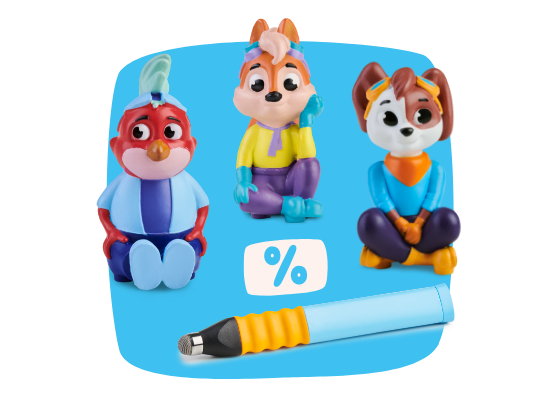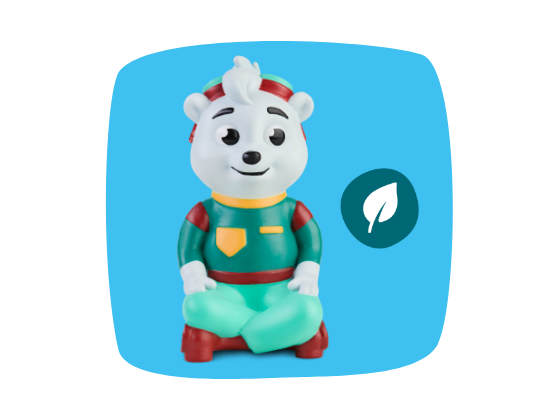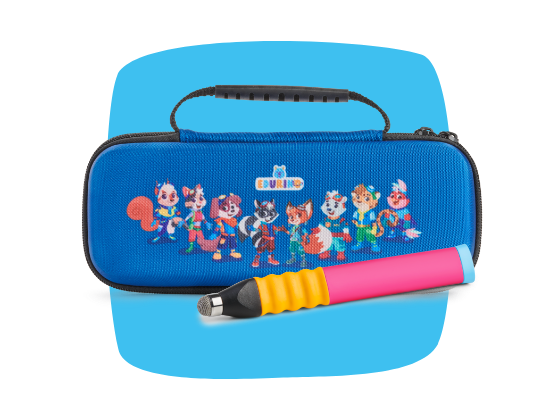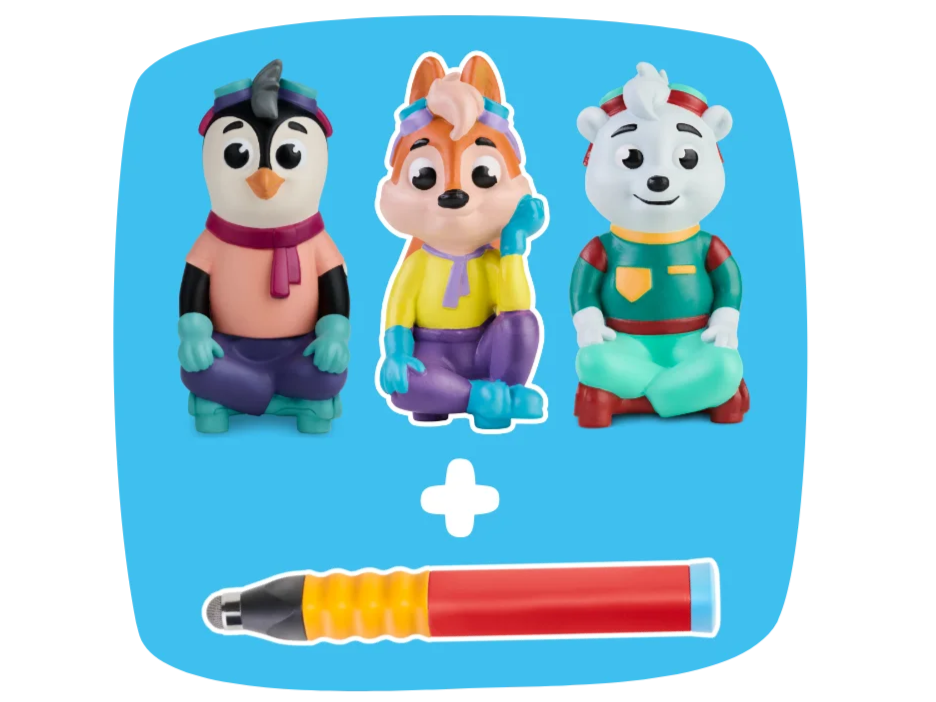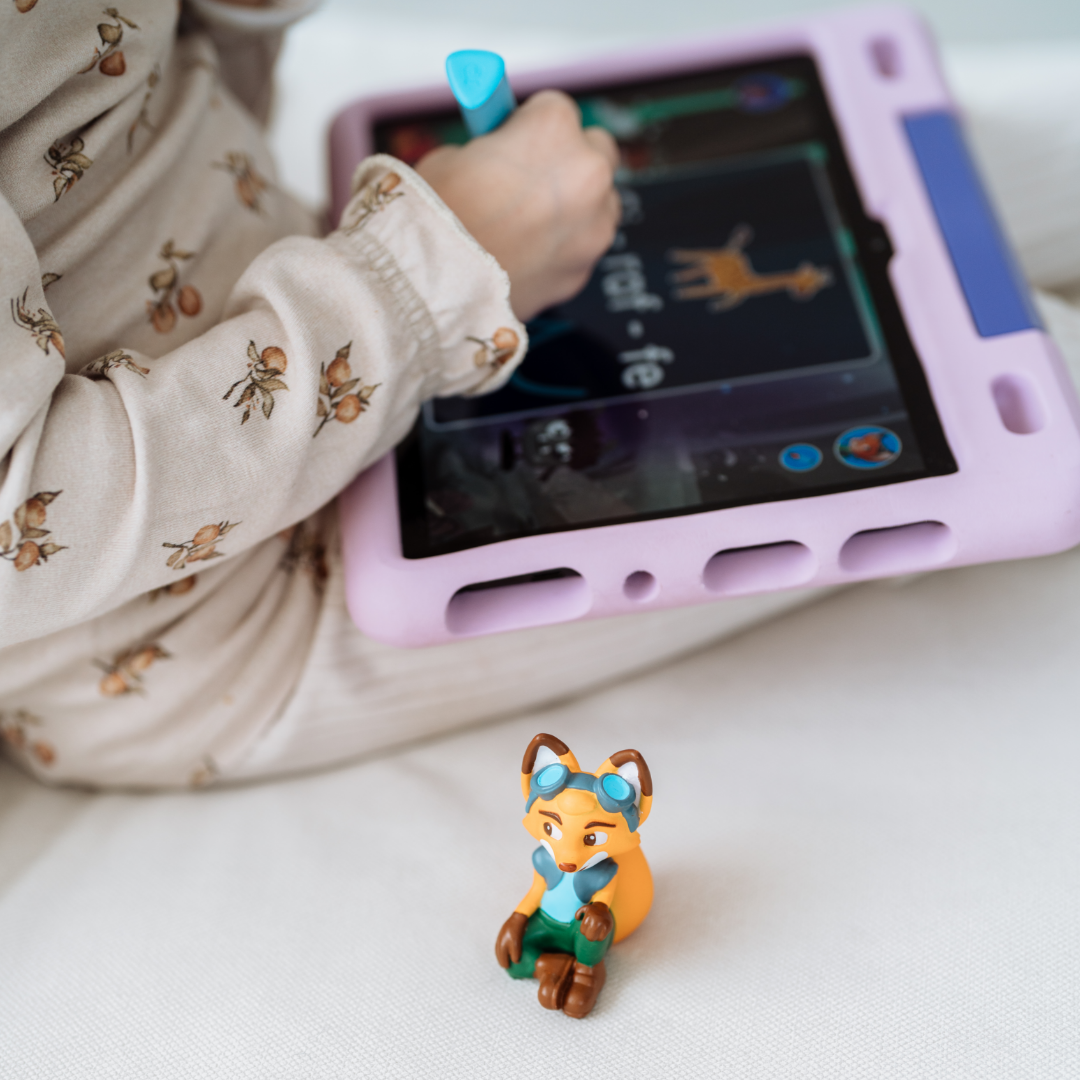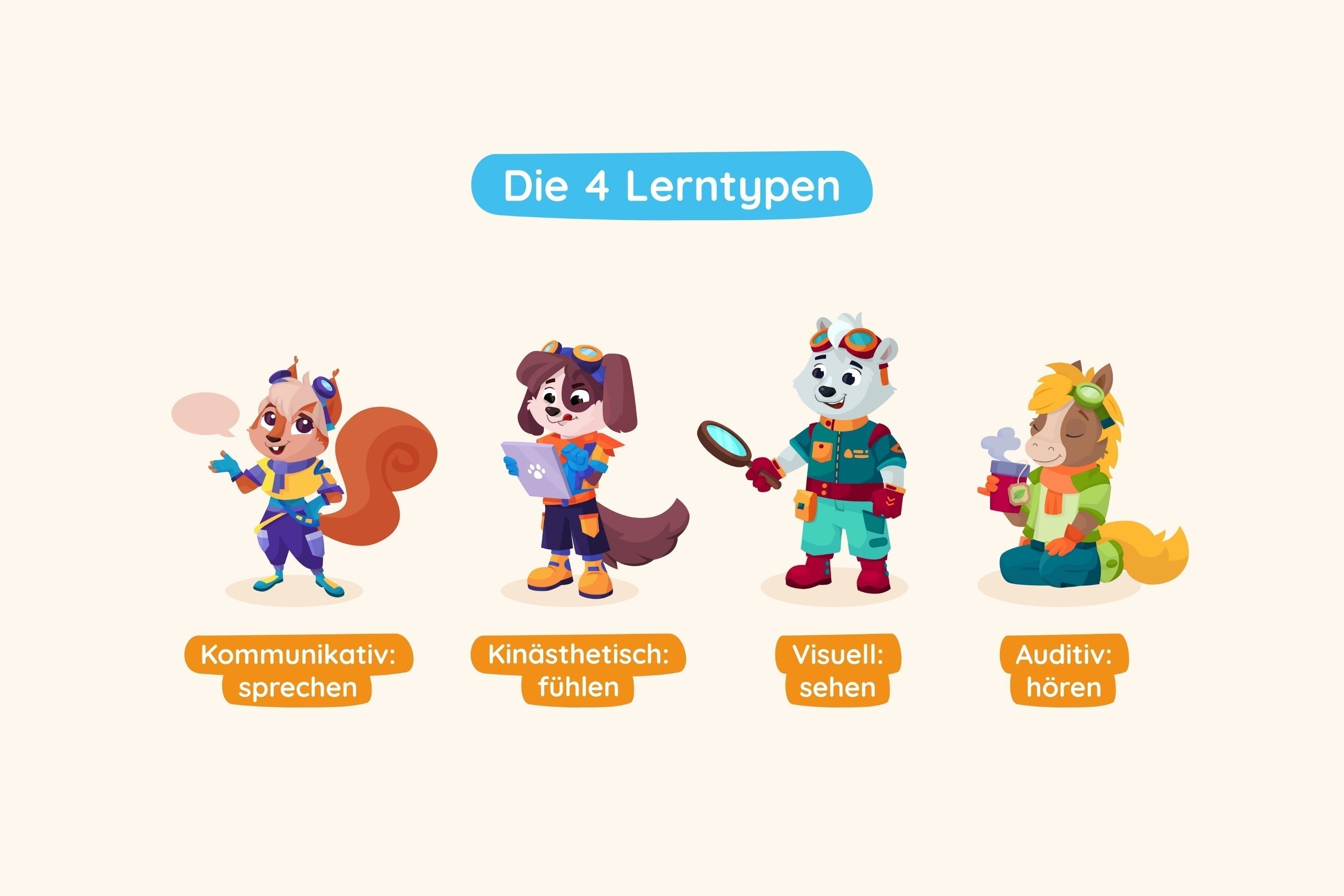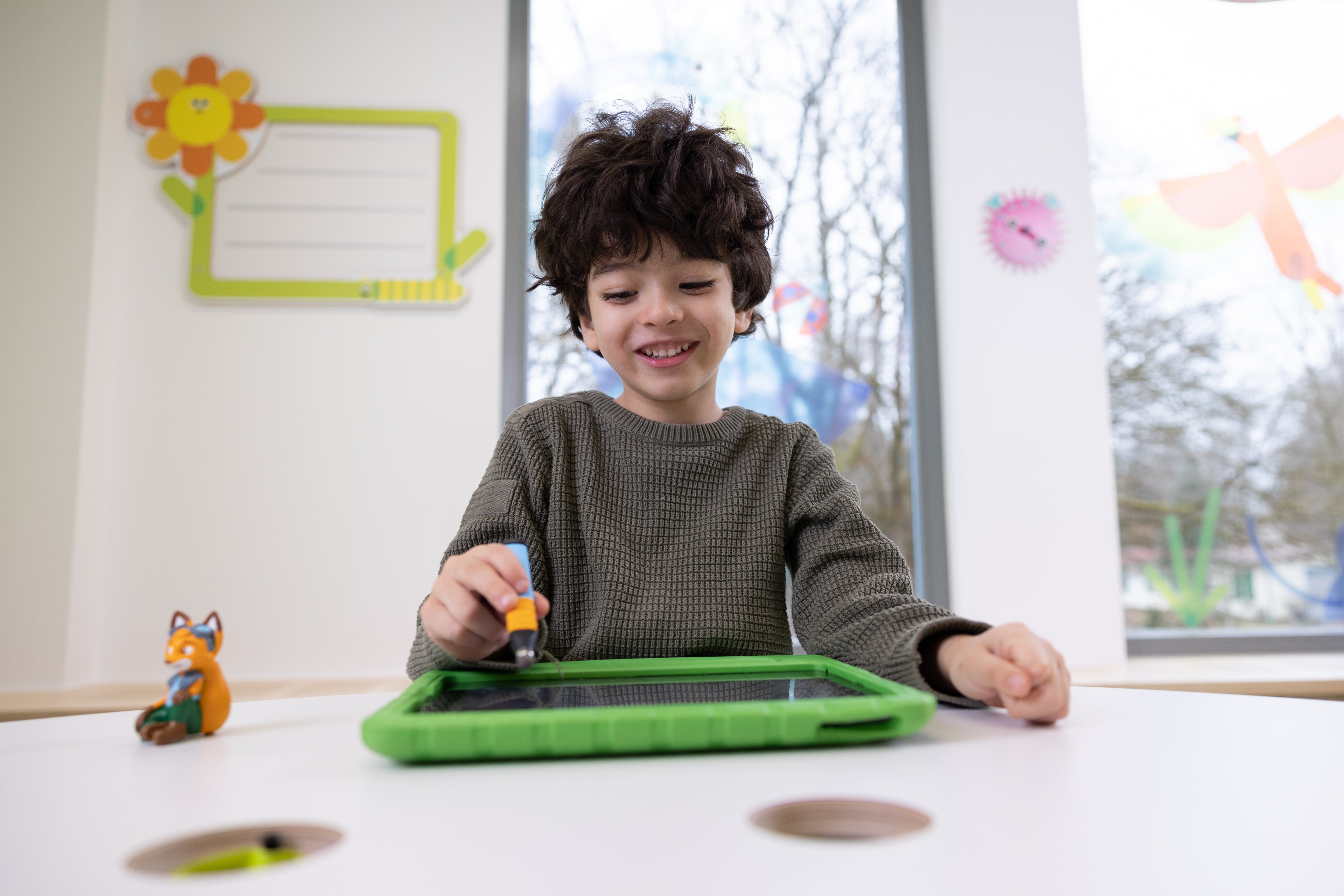At what age do children start speaking?
Many parents wonder: When can children start speaking? The first sounds usually appear in the first year of life—for example, cooing, babbling, or syllables like "ma-ma." The first words follow at around 12 months. Between the second and third years of life, the vocabulary grows rapidly—from 50 to over 1,000 words. However, the age at which children begin to speak varies from child to child, as every child is different and learns at their own pace.
Phases of language development in children
Children's language development occurs in several well-researched phases. Each phase is characterized by new language skills – from the first babbling to complex sentence structures. It's important to note that not every child follows this timeline exactly. Some children speak early, others take a little longer. A language-stimulating environment – for example, through reading aloud, rhymes, or appropriate learning games – is crucial.
Here you will find an overview of the typical phases of language development:
🍼 Phase 1: The babbling phase (approx. 0-6 months)
Babies begin producing sounds in the first few months of life. Initially, these are mostly reflexes such as cries, coos, and the first vowels. From the fourth month onward, the interaction of the lips, palate, and tongue leads to the first syllable sequences ("ba-ba," "da-da"). These sounds are similar internationally and are considered the foundation for all further language development.
👶 Phase 2: First targeted sounds and syllables (approx. 6–12 months)
Sound production becomes more targeted. Babies imitate sounds from their environment – especially those of their caregivers. They begin to mimic the intonation, pitch, and rhythm of their native language. The first "words" like "ma-ma" or "da-da" emerge – even if they are not yet consciously used.
🗣️ Phase 3: First words & meaning assignment (approx. 12–18 months)
Now things are really getting started: Children are beginning to speak their first meaningful words and linking them to things or people ("ball," "mommy," "woof"). They point to objects and often use gestures to communicate. Their active vocabulary is growing, and their first one-word sentences like "more" or "away" are already expressing clear needs.
💬 Phase 4: Two-word sentences & language comprehension (approx. 18–24 months)
Children begin to combine words ("Daddy is coming," "Ball there"). Their vocabulary grows to around 50–200 words. Language comprehension also develops rapidly: children follow simple instructions ("Fetch the book") and show a growing interest in conversations and songs.
🧠 Phase 5: Sentence structure and grammar (2–3 years)
Now, the first simple sentences with three or more words emerge. Children begin to apply grammar rules intuitively—e.g., plurals or past tenses ("Mom cooked"). Mistakes are part of this ("I went") and are an important part of the learning process.
🧑 Phase 6: Linguistic Subtleties & Storytelling (from 4 years)
Children can now tell short stories, ask questions, and even use subordinate clauses ("Because I'm tired, I want to sleep"). Their vocabulary includes several thousand words. Social language also develops—that is, the knowledge of how to behave in conversation (e.g., taking turns, listening, expressing emotions).
🧡 Good to know:
Children's language development is closely linked to their social environment. Children learn through listening, imitation, and, above all, through real conversations. Therefore, much more important than "speaking correctly" is talking to each other, sharing stories, asking questions, and exploring together.
The four levels of language development – simply explained
From a linguistic perspective, language development comprises four central levels:
- Phonetic-phonological: sound formation, stress, articulation
- Semantic-lexical: vocabulary and language comprehension
- Syntactic-morphological: grammar and sentence structure
- Pragmatic-communicative: Language in a social context (e.g. conversational behavior)
Targeted language training helps children to master all levels step by step.
Promote language development – with fun and without pressure
Children don't learn language through drill—they learn it through experience. Therefore, it's crucial to support language development through play:
- Talk to each other a lot – even with small children
- Incorporate rhymes, songs and finger games into everyday life
- Looking at picture books together and talking about them
- Naming things, asking questions, waiting for answers
Particularly motivating: learning games that specifically promote vocabulary, sentence structure or listening comprehension.
Learn to speak playfully with EDURINO
EDURINO makes learning to speak easy and fun. Our learning characters like Mika, Ari, and Robin accompany your child through exciting stories and specifically promote:
- Language comprehension & active vocabulary
- first sounds, rhymes & sentence patterns
- grammatical sense of language
Get started now: systematic language learning
Whether for preparing for school or simply as a meaningful activity at home:
👉 Discover the matching EDURINO figure for language development now!
To the products →

